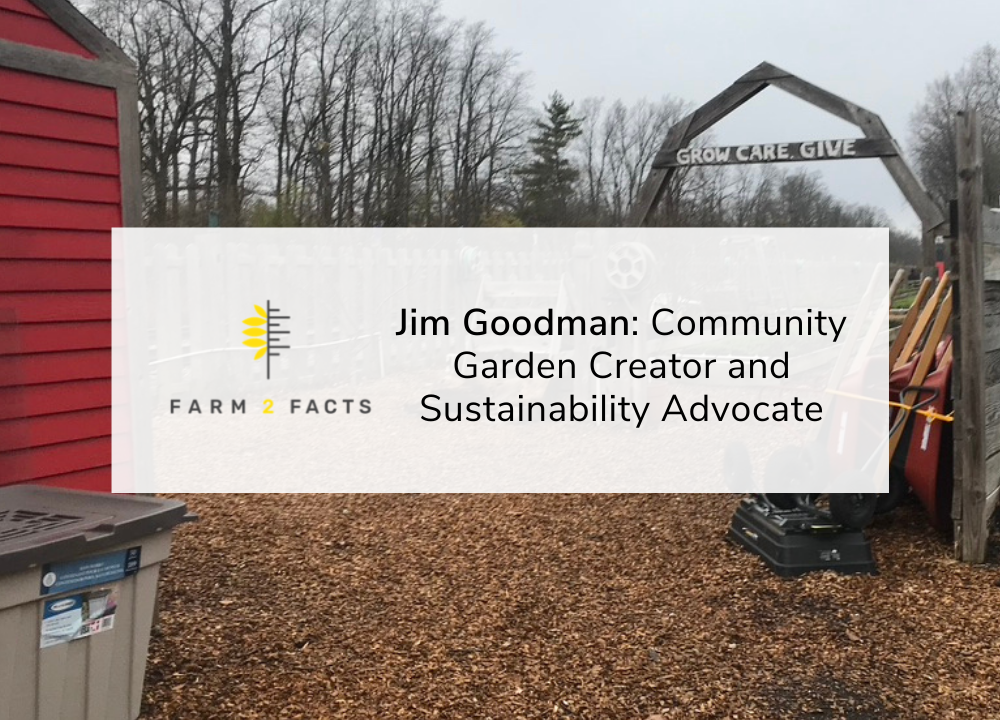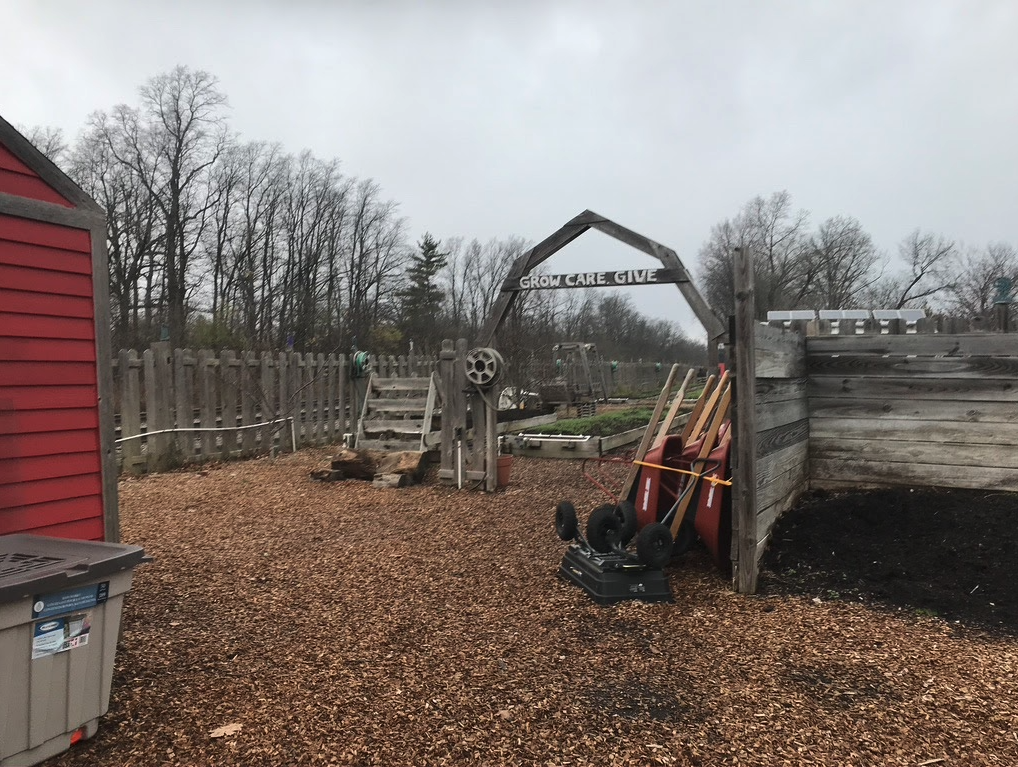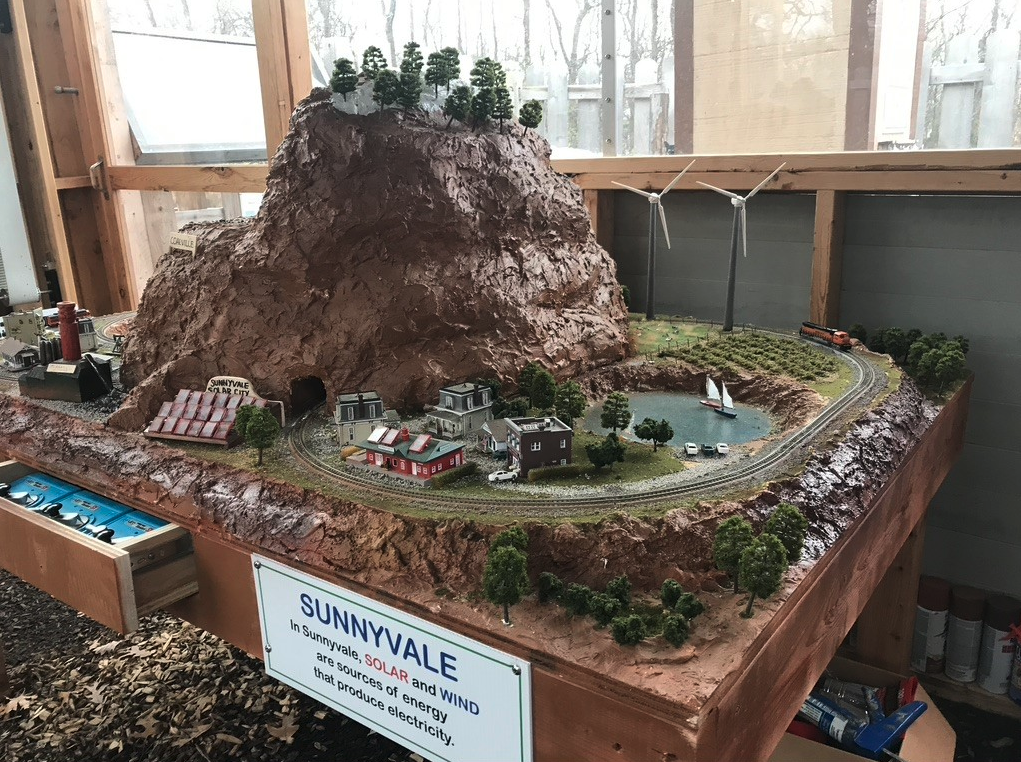
by Leah Rosenblum
“The garden needs 3 things: sunlight, water, and commitment”
Meet Jim Goodman, a creator of the Glencoe Community Garden, a 5000 square foot mini farm in Glencoe, Illinois.
Jim is an engineer who has dedicated the past ten years of his life to the community garden. The garden donates all of its produce, which averages 3600 pounds per year, to a range of organizations who serve low income folks with limited access to clean, fresh food. The garden has many raised beds which are used to grow vegetables, as well as hydroponic systems, smaller beds to be used in individual homes, and elevated raised beds accessible for those who are unable to bend down. The garden has used no till practices for years, and this year they are trying cover cropping. Both of these practices are beneficial for soil health and contribute to a more environmentally friendly garden operation.

Not your traditional “farm”, the garden is on a small plot of land next to a major train line. Goodman’s Jewish congregation wanted to give back to the community, so the temple helped him to get the land required to start the garden. As an engineer, he started by building the first red barn, and from there it only grew. He works with many individuals on sustainability projects, one of whom is working to restore the native prairie to the local Green Bay Bike trail.
“It is our generation which created this awful problem, now it is up to yours to fix it,” says Jim on climate change.
The garden does much more than just grow food; it is a source of education for many children and students in the area. The sustainable agriculture Jim is passionate about is one of many practices that contribute to the same goal: saving the world from the problems created from generations past. In the back of the garden, past all of the beds, is an educational display on climate change. There is a diorama of “Sunnyvale” and “Coalville” which demonstrates what a world which uses renewables and sustainable practices looks like in comparison to a coal powered, excavation heavy world. The educational exhibit shows how much energy we use from coal, natural gas, solar, and wind now and where we hope to be by 2030 and 2040. Another part of the exhibit also explains how greenhouse gases work using a light bulb with glass vents around it which slowly close as carbon emissions increase, trapping the heat from the lightbulb within. Jim created a power tower which harnesses wind and solar energy and uses a human powered bike to create electricity. Signs at the exhibit describe the impact of petroleum and large scale cattle agriculture.
Jim’s “Sunnyvale” Diorama

Jim’s “Coalville” Diorama

Jim created this project in his 80s. He knows that there is only so much that he can do and he wants to help future generations. From his small projects like collecting carved pumpkins from the holidays to compost or implementing a new drip irrigation system, to the large ones such as building a new shed and hydroponics system, Jim is always looking for ways to improve his sustainable practices.
“Everything is a work in progress. We are never done here,” he said.
Jim does not call himself a farmer, but his work on this small scale helps many. When I asked him if he began his involvement in protecting the environment when the garden was created, he jumped to respond that he has been trying to fight environmental destruction for 30 years.
“No one would listen then,” Jim explained. “No one cared. But we already knew how much trouble we were in”
Jim has abundant love for the volunteers who help to run the Glencoe Community Garden, and says that he enjoys seeing the people of Glencoe working for good. We spoke of the ease of getting caught up in our busy lives with consumerism and convenience, but we also recognized how important and easy it is to help out, even just a little bit, with saving the planet.
